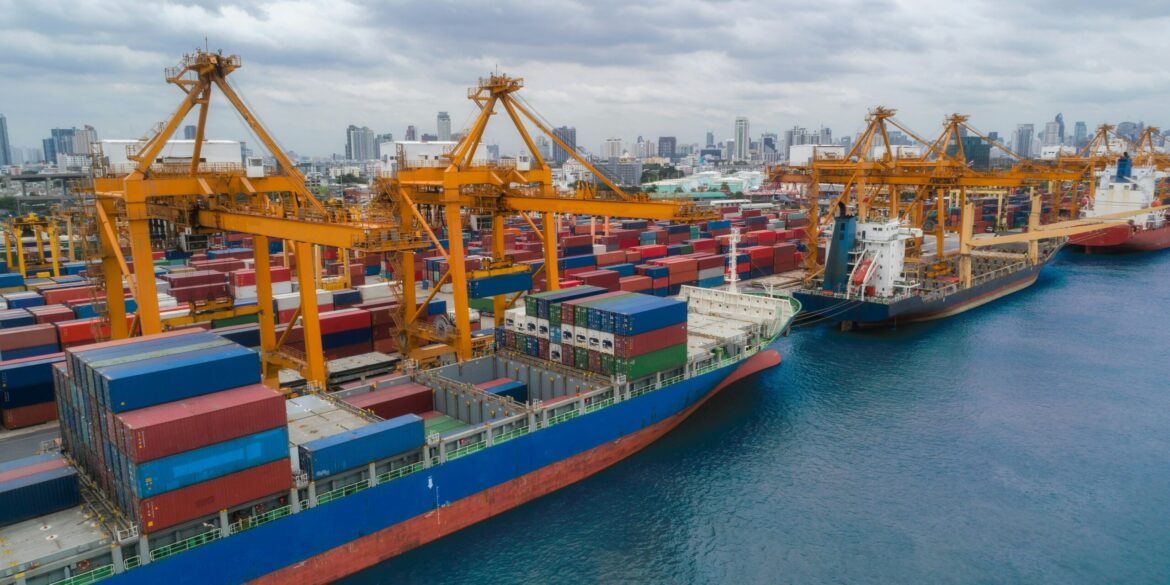In a move that is set to escalate trade tensions, President Donald Trump announced on July 4, 2025, that the U.S. would begin notifying its trading partners of impending unilateral tariffs, set to take effect on August 1. This announcement comes as the U.S. government prepares for the expiration of a 90-day pause on tariffs, which was initially implemented to allow for negotiations with key trading partners.
The tariff hikes are expected to range from 10% to as much as 70%, depending on the country and the type of goods being imported. These tariffs are aimed at addressing long-standing trade imbalances and what the administration considers unfair practices by foreign governments, particularly in the areas of intellectual property, market access, and the protection of domestic industries.
The Tariff Hikes and Their Impact
The U.S. government has been in a protracted trade dispute with several countries for years, and the new tariffs are the latest escalation in this ongoing conflict. While previous rounds of tariffs have been focused on specific sectors, including steel, aluminum, and technology, the proposed increases would have a far broader impact, potentially affecting industries ranging from automotive to electronics.
President Trump has long argued that tariffs are a necessary tool to level the playing field for U.S. companies and workers. In his announcement, he reiterated that tariffs would continue to be a central part of his administration’s trade policy, particularly in negotiations with countries that he believes have been taking advantage of U.S. markets.
The Trump administration has already reached agreements with certain countries, including the United Kingdom and Vietnam, which have accepted the proposed tariff increases in exchange for trade concessions. However, negotiations with other major trade partners, including China and the European Union, have not been as successful. The looming deadline of July 9 for the final tariff notifications is expected to push the negotiations into high gear as both sides attempt to avoid the full brunt of the proposed tariffs.
Global Market Reaction
As news of the proposed tariffs broke, global financial markets reacted with increased volatility. U.S. equity-index futures and the dollar experienced declines, signaling concern over the potential for trade disruptions. The S&P 500 futures dipped by 0.6%, while the U.S. dollar weakened against major currencies like the euro and the yen. This has raised concerns about the long-term impact of trade tensions on global economic growth.
International markets also experienced turbulence in response to the news. South Korea’s KOSPI index dropped by 2%, while Germany’s DAX and France’s CAC 40 both lost ground. These declines reflect growing unease among investors about the potential for further escalation in global trade disputes.
In particular, the ongoing trade tensions between the U.S. and China remain a key source of uncertainty for global markets. While both countries have reached temporary truce agreements in the past, the underlying issues of intellectual property rights, tariffs, and market access remain unresolved. As the July 9 deadline approaches, it is unclear whether a breakthrough can be achieved, or if the U.S. will go ahead with the full implementation of the proposed tariffs.
The Impact on U.S. Businesses and Consumers
The looming tariffs are expected to have significant consequences for U.S. businesses and consumers. Industries that rely heavily on imports, such as electronics, automotive, and consumer goods, are likely to see their costs rise as a result of the tariffs. This could lead to higher prices for consumers, which could in turn affect consumer spending and overall economic growth.
For businesses that rely on global supply chains, these tariffs could lead to disruptions in the flow of goods, particularly for companies that source materials from overseas. This could increase costs and delays, putting pressure on U.S. manufacturers and retailers that have already been grappling with supply chain challenges in recent years.
The tariffs could also have a broader impact on job creation. While some industries may benefit from the protectionist measures, others may suffer as a result of higher production costs and reduced demand for imported goods. As a result, policymakers and business leaders are closely monitoring the situation, hoping for a resolution that can mitigate the negative impact of the tariffs on the U.S. economy.
The Road Ahead
As the July 9 deadline approaches, businesses, governments, and investors will be closely watching the developments in these high-stakes trade negotiations. Whether the U.S. implements the full range of tariff increases or negotiates new trade deals with its key partners will have a significant impact on the global economy. For now, the world waits to see how this latest round of trade disputes unfolds.

